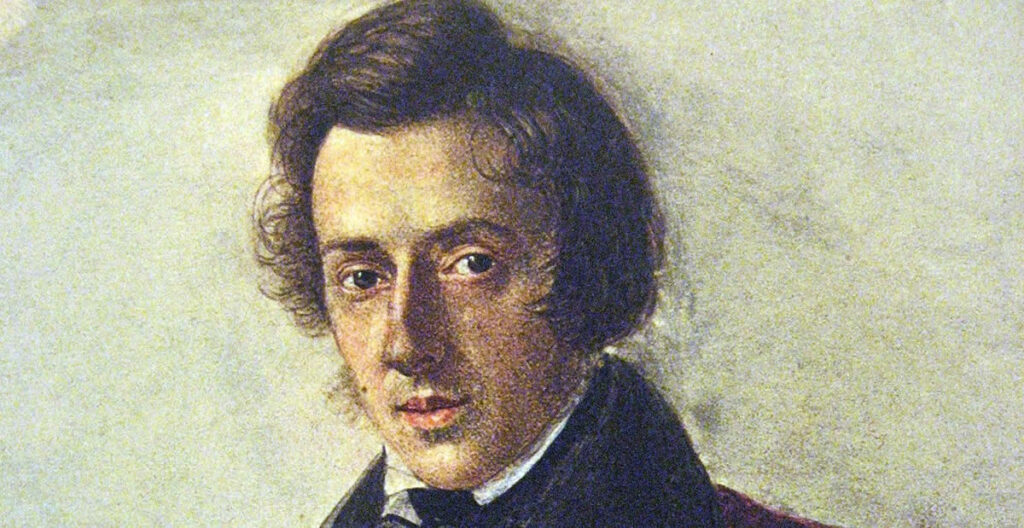
Chopin – Piano Concerto No. 1
Frédéric Chopin’s Piano Concerto No. 1 in E minor, Op. 11 is one of the most celebrated works in the piano repertoire, known for its[…]

Chopin – Etudes, Op. 10
Frédéric Chopin’s Études, Op. 10 stand among the most celebrated and influential piano compositions in classical music history. Composed between 1829 and 1832, these twelve[…]

Chopin – 24 Preludes
Frédéric Chopin’s 24 Preludes, Op. 28 stand as one of the most remarkable achievements in piano music. Composed between 1835 and 1839, these short yet[…]

Chopin – Nocturne in C sharp minor
Frédéric Chopin, the legendary Polish composer and pianist, is renowned for his deeply expressive piano works, among which his nocturnes hold a special place. One[…]

Chopin – Andante Spianato et Grande Polonaise Brillante
Frédéric Chopin’s Andante Spianato et Grande Polonaise Brillante, Op. 22, is one of his most captivating works for piano. It represents a stunning combination of[…]

Chopin – Fantaisie-Impromptu
Frédéric Chopin’s Fantaisie-Impromptu in C-sharp minor, Op. 66, stands as one of his most beloved and iconic compositions. It is a work that blends emotional[…]

The Story Behind Chopin’s Galop Marquis
Frédéric Chopin, the renowned Polish composer and virtuoso pianist, is celebrated for his profound and emotive compositions. Among his extensive oeuvre lies a lesser-known yet[…]

The Story Behind Chopin’s Cantabile in Bb, B. 84
Frédéric Chopin, one of the greatest composers of the Romantic era, left behind a rich legacy of piano music, characterized by lyricism, expressivity, and virtuosity.[…]

The Story Behind Chopin’s Sonata No. 2
Frédéric Chopin’s Sonata No. 2 in B-flat minor, Op. 35, widely known as the “Funeral March” Sonata, is one of the most iconic works in[…]

Frédéric Chopin: A Biography of the Poet of the Piano
Frédéric François Chopin (1810–1849) was one of the most influential and beloved composers of the Romantic era. Known as the “Poet of the Piano,” Chopin’s[…]